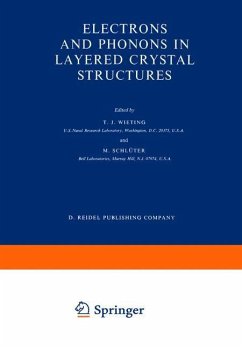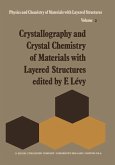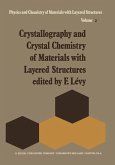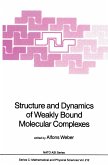This volume is devoted to the electron and phonon energy states of inorganic layered crystals. The distinctive feature of these low-dimensional materials is their easy mechanical cleavage along planes parallel to the layers. This feature implies that the chemical binding within each layer is much stronger than the binding between layers and that some, but not necessarily all, physical properties of layered crystals have two-dimensional character. In Wyckoff's Crystal Structures, SiC and related com pounds are regarded as layered structures, because their atomic layers are alternately stacked according to the requirements of cubic and hexagonal close-packing. How ever, the uniform (tetrahedral) coordination of the atoms in these compounds excludes the kind of structural anisotropy that is fundamental to the materials dis cussed in this volume. An individual layer of a layered crystal may be composed of either a single sheet of atoms, as in graphite, or a set of up to five atomic sheets, as in Bi2 Te3' A layer may also have more complicated arrangements of the atoms, as we find for example in Sb S . But the unique feature common to all these materials is 2 3 the structural anisotropy, which directly affects their electronic and vibrational properties. The nature of the weak interlayer coupling is not very well understood, despite the frequent attribution of the coupling in the literature to van der Waals forces. Two main facts, however, have emerged from all studies.








